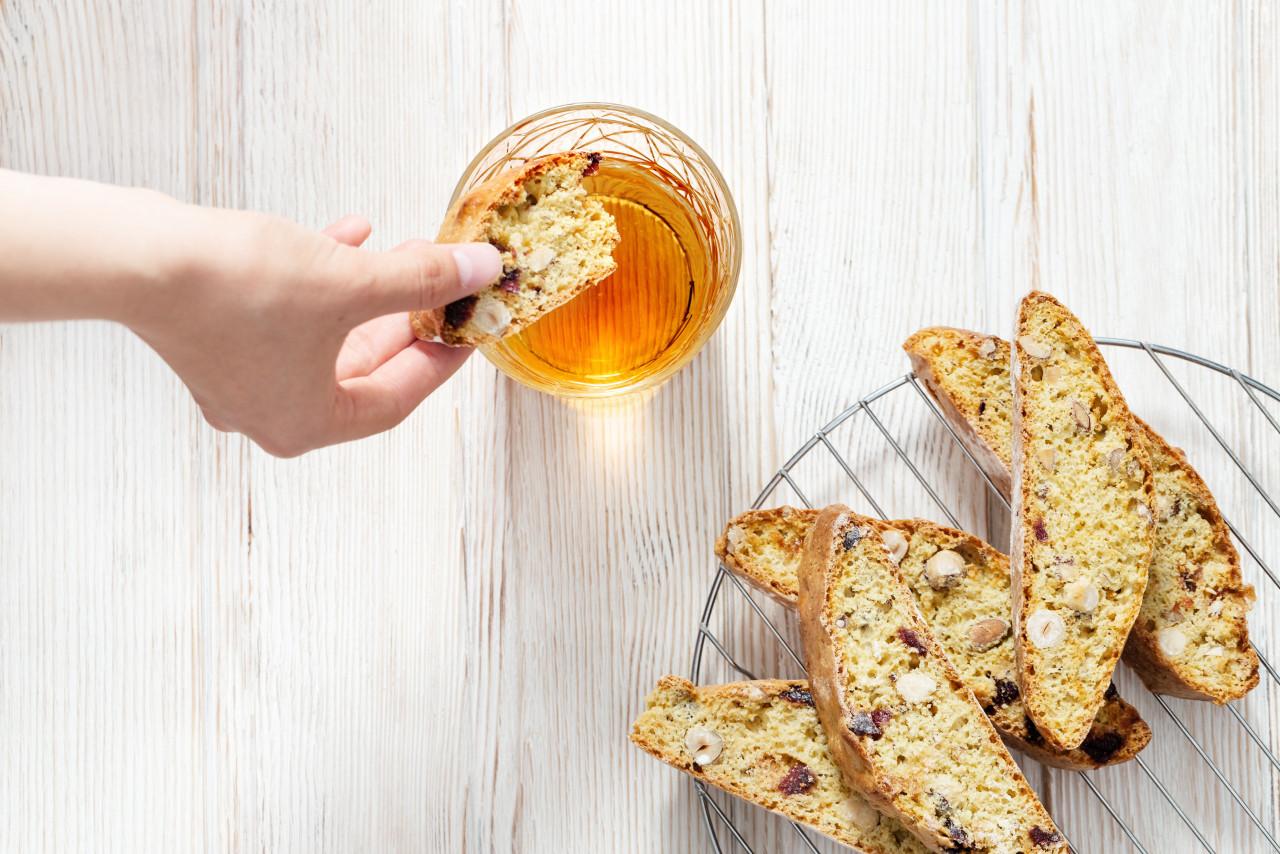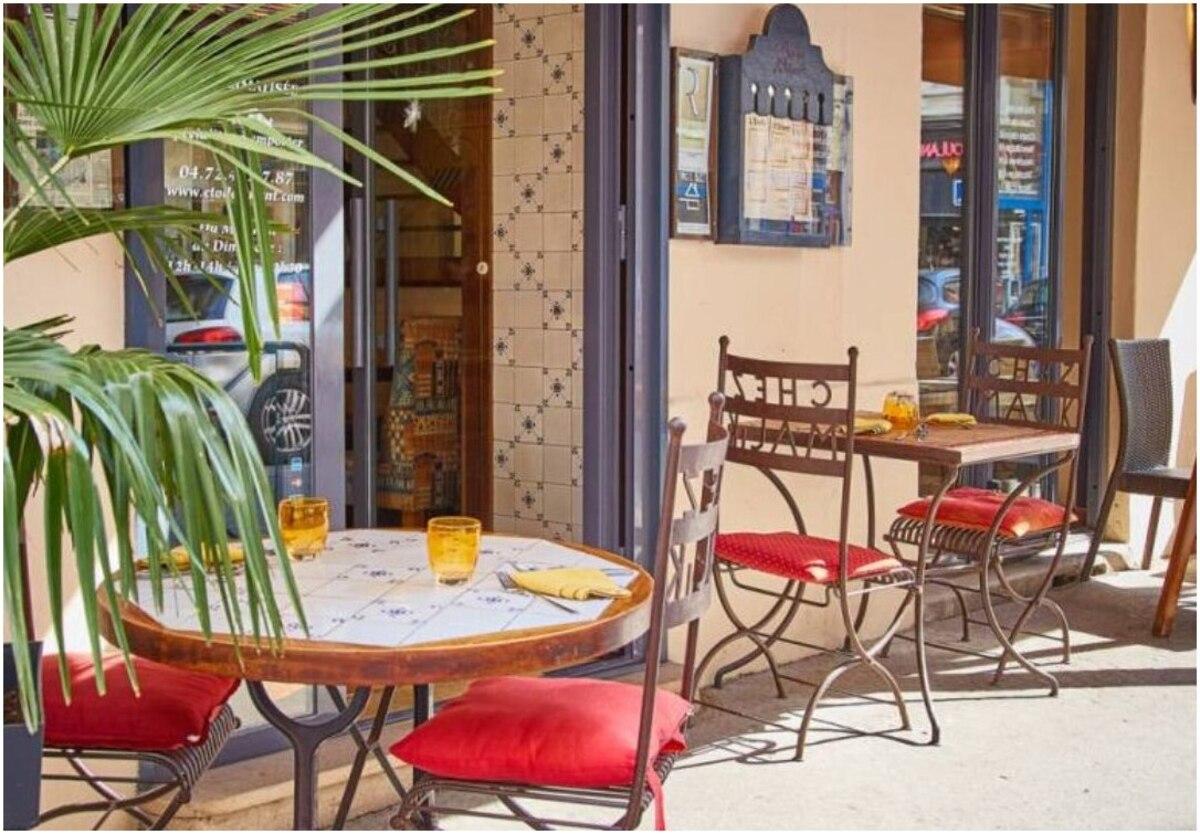Raise your hand if you haven't thought it at least once in your life: only in Italy do they know how to make real espresso! Commonplace or not, if you are travelling outside our borders and want to avoid a possible disappointment at the bar counter, choose the right local alternative. From the cortado in Latin America to the Turkish coffee in the Middle East, from the French Press in France to the iced coffee with lemon in Portugal, up to the Chemex that is all the rage in the United States: take a break to savour ancient traditions thanks to the coffee culture that is conquering the world with intense aromas and smooth flavours. In other words, here are five places to drink good coffee abroad.

Coffee culture is taking over the world and goes beyond espresso ©Alpha_7D/Shutterstock
In Buenos Aires for a cortado
Literally means cut. And indeed, the secret of one of the most popular drinks in Argentine bars in general and Buenos Aires in particular (and throughout Latin America), is precisely the cutting of an espresso with a small dose of leche, or milk. Cortado is not to be confused with our macchiato, which is instead served with a little milk foam, although the objective is the same: to sweeten the blend and make it more palatable. Then there are at least three variations you might consider:
-Cortado condensada, which involves the use of condensed milk instead of fresh;
-Leche y leche, with condensed milk and cream;
-Lágrima, which reverses the proportions, offering a glass of hot milk with a drop, a tear as the name suggests, of coffee.
Whatever your choice, accompany it with a couple of alfajores, typical biscuits filled with dulce de leche.
The right address: Barrio Cafetero
Florida 833, Buenos Aires
Buenos Aires

Coffee culture is booming in San Francisco ©Ray Laskowitz/Lonely Planet
In San Francisco for a Chemex
Created in the 1940s thanks to the intuition of German scientist Peter Schlumbohm, today the Chemex is one of the most popular variants of the filter coffee machine in the United States and its design is so iconic that it is exhibited in the permanent collection of the MoMA in New York. It consists of an hourglass-shaped glass carafe; at the top is a conical filter made of blotting paper, into which the coffee powder is placed, and then hot water is poured over it in slow circular movements. The whole process will take place before your eyes, from the preparation of the dose to the coffee that will slowly drip hot onto the bottom of the instrument. It is a drink to be shared and enjoyed unhurriedly, perhaps seated at one of the large wooden tables in San Francisco's most hipster bars. Here too, a sweet treat is a must; the most appropriate is cinnamon: cinnamon sugar toast.
The right address: Four Barrel Coffee
375 Valencia Street, San Francisco
In Lisbon for a Mazagran
Its origin is Algerian: Mazagran was, in fact, the name of a fortress annexed by France in 1837; and Mazagran had become the name used by French soldiers to call coffee diluted with cold water, in the absence of milk, to find relief from high temperatures. That's why it quickly became popular even in the hot Portuguese land. Today, as in the past, it is prepared with hot coffee poured into a tall, narrow glass with ice and with an extra kick: lemon juice. In other parts of the world you might find it on the menu as Iced Coffee Lemonade, but when ordered in Lisbon, it has a whole different flavour. That's right, because once you set foot in any cafeteria in the city centre, you won't be able to resist the temptation to ask for a freshly baked pastel de nata, the legendary Lusitanian puff pastry basket filled with the softest custard.
The right address: Nata Lisboa
Rua de Santa Cruz do Castelo 7, Lisbon
Sign up for our newsletter! For you weekly travel tips, special offers, stories from the world and 30% discount on your first order.

A classic French breakfast ©Matt Munro/Lonely Planet
In Paris for a French Press
Melior, cafetière à piston, plunger coffee: different names for a single method, invented in France in the mid 19th century, which involves the use of a jug with a piston and not-too-fine coffee powder. The dose is placed in the bottom of the empty jug, then hot water is poured in, stirred briefly and covered for a few minutes. Then, slowly and steadily, you push the plunger towards the bottom, so that the powder remains compressed at the bottom and the drink remains well filtered at the top. The French Press is therefore an infusion preparation, ideal if you are a lover of long coffee that can bring out all the aromatic components of the ground coffee. And where better to enjoy it than in the French capital, with a slice of tarte tatin, perhaps to crown a perfect day in Paris? The caramelised apples in sugar and butter will marry wonderfully with the coffee blend, a triumph for your taste buds.
The right address: Coffee Spoune
36 Rue Saint-Sébastien, Paris

A typical Turkish coffee ©seb_ra/Getty Images
In Berlin for a Turkish coffee
Unlike French Press, Turkish coffee calls for a ground coffee as fine as icing sugar, to be used in the cezve, the typical copper and brass pot with a long handle. Once the water comes to the boil, the pot is removed from the heat and one teaspoon of the mixture is added per person. Sometimes, the flavour is enriched with spices, such as cardamom. After two successive boils, the coffee is ready; thick, creamy and unfiltered. It is therefore good to know that a cup contains about twice as much caffeine as an espresso. If the Middle East is too far away, you might consider one of the neighbouring countries most familiar with Turkish Coffee: Germany. In Berlin, in fact, there are several establishments offering it. And don't forget that Turkish Coffee is often followed by coffee grounds reading. Who knows what destination your next trip will take you to!
The right address: Ben Rahim
Sophienstraße 7, Berlin
Alice Avallone had two dreams as a child: to see a skyscraper and to hold a koala bear. So, when she grew up she lived in New York and became a koala keeper in Brisbane. Today she lives in the Savoy capital, where she eats veal tonnato at least once a week and teaches digital storytelling to promising young writers.

